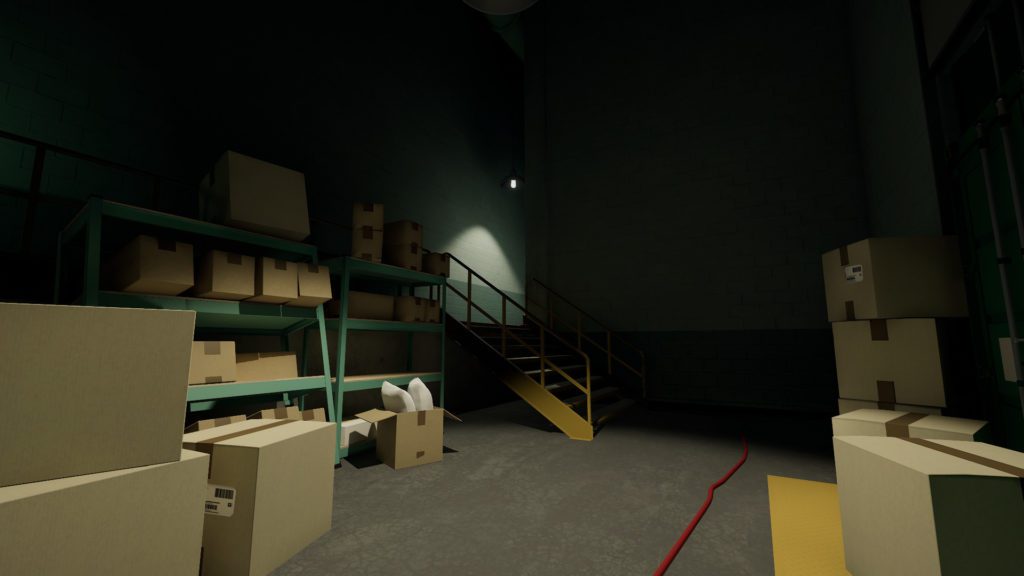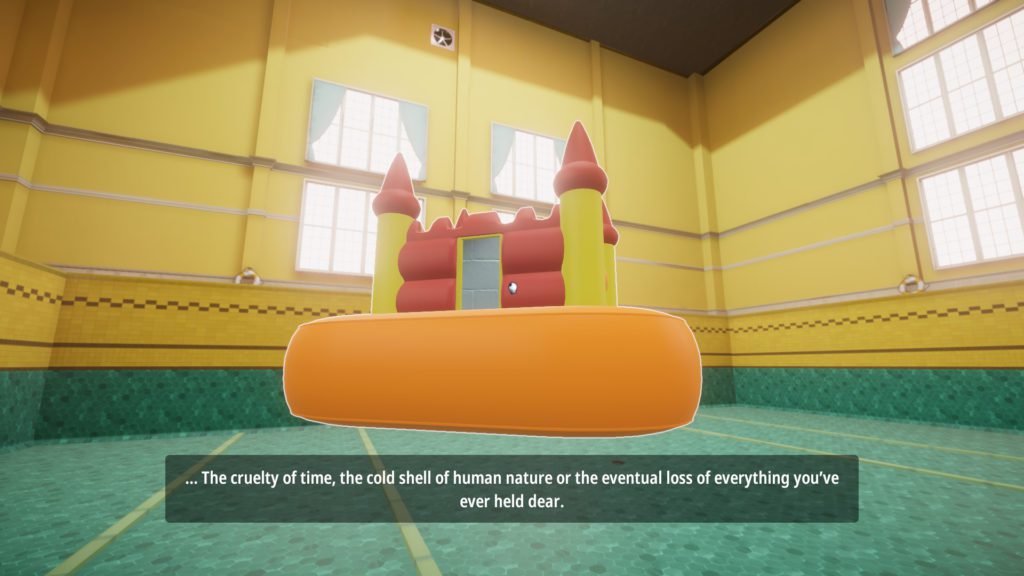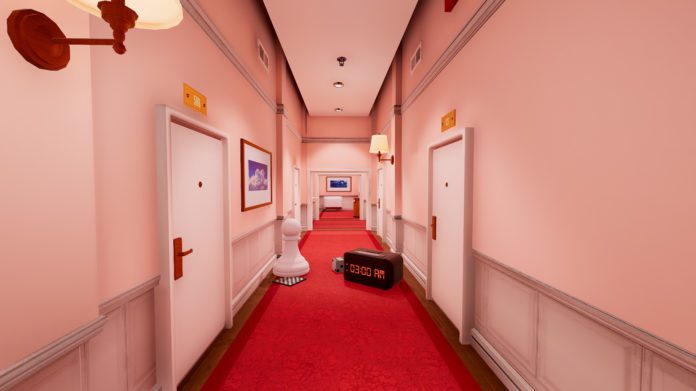REVIEW : Superliminal (PC)
“Nothing is real, everything is permitted”. In all likelihood, there is no better quote to describe Superliminal, a production of the independent Pillow Castle Games team which, almost certainly, aims to constantly try to disorient the player by playing with his perceptions.

The beginning is simple: we are in a kind of sleep clinic, where following a particular therapy, we can improve the quality of our dreams. We are thus in a series of settings specially built for us, within our subconscious, and wherein a certain sense we can play with reality. With this premise, all the extravagances that we will have to face to get to the end of our journey are justified.

Superliminal is based precisely on this, making full use of the possibility of detaching oneself from the laws of physics, and building nine levels, with a maximum duration of about a couple of hours, within which it will be required simply to use logic, or rather, of reason outside it. The imaginary of logician has very little and offers a series of puzzles that are anything but complex, which however will sometimes require a few minutes to be studied and understood.
As we mentioned there are nine levels, and each of them uses different mechanics, focusing on inducing specific sensations in the player. Here too, however, although always according to schemes that are anything but logical, the complexity of the challenges gradually increases, starting from a simple perspective and arriving at the very concept of paradox.

In the first levels we simply begin to familiarize ourselves with the dynamics concerning perspective, showing us that if we take an object from the ground that is 10cm large, we look at a distant point of the room and leave it there, because of the perspective its dimensions will seem much larger. This particular mechanic will have to be used throughout the game, using it from time to time to manipulate the size of the objects as needed.
of the Jenga, on which our way out is located, thus continuing the adventure.
These mechanics, however, are not limited to the simple movement of objects: in fact, in a particular level they cannot be collected but by clicking on them only a static copy is generated, which we can exploit for example with a door, creating piece by piece a staircase I whose steps are just copies of the original door.
In yet another level, however, we have practically no visibility, being almost entirely in the shadows, but we can use certain luminous objects, such as the signs that indicate emergency exits, to illuminate the path between the corridors. Certainly, puzzles that require the use of doors connected in full Portal style cannot be missing, a game from which, together with The Stanley Parable, the developers have drawn inspiration.
As if all this were not enough, there are also levels in which everything we have learned does not matter, with objects that when touched are disassembled or doors that when opened hide behind only a brick wall. In short, as soon as certain confidence is acquired, the game is ready to confuse the player but without ever seeming unfair.
All this to reach the actual conclusion of the journey, the final moral that in its way manages to surprise, giving meaning to the words that have accompanied us, level after level, and managing to leave something in the player. A journey made up of puzzles, at times dictated by the logic of the dynamics learned, while others lack any rationality, but certainly with that “playful” component capable of involving.
One of the aspects that most contribute to the construction of the atmosphere is the sound sector, structured in such a way as to leverage, exactly enough, on the player’s perceptions. When we are inside a hotel, for example, we hear classical music in the background, but as soon as we step off the set the music stops, and you can hear only a cold silence, interrupted by our steps.

REVIEW : CHRONOS: BEFORE THE ASHES (XBOX Series X)














